When the warmer season rolls around, we want our homes to be a comfortable place to live without making our utility bills shoot sky high. A radiant barrier is a solution that blocks heat from penetrating your house. We've researched whether aluminum foil can be used as an effective radiant barrier for a cost-effective insulator.
Aluminum foil contains high-reflectivity and low-emissivity properties that can effectively lower your home's temperature. High-reflectivity is the ability to reflect a lot of heat and light away from your roof. Low-emissivity distributes a low amount of heat through the insulation below. This makes it an excellent, low-cost radiant barrier.
Using aluminum effectively requires that you know the hot spots in your house that you can fix with a radiant barrier. Practical solutions do not always come cheap, but knowing the right materials and practicing the correct methods should already provide what you need. Stay with us to learn more!
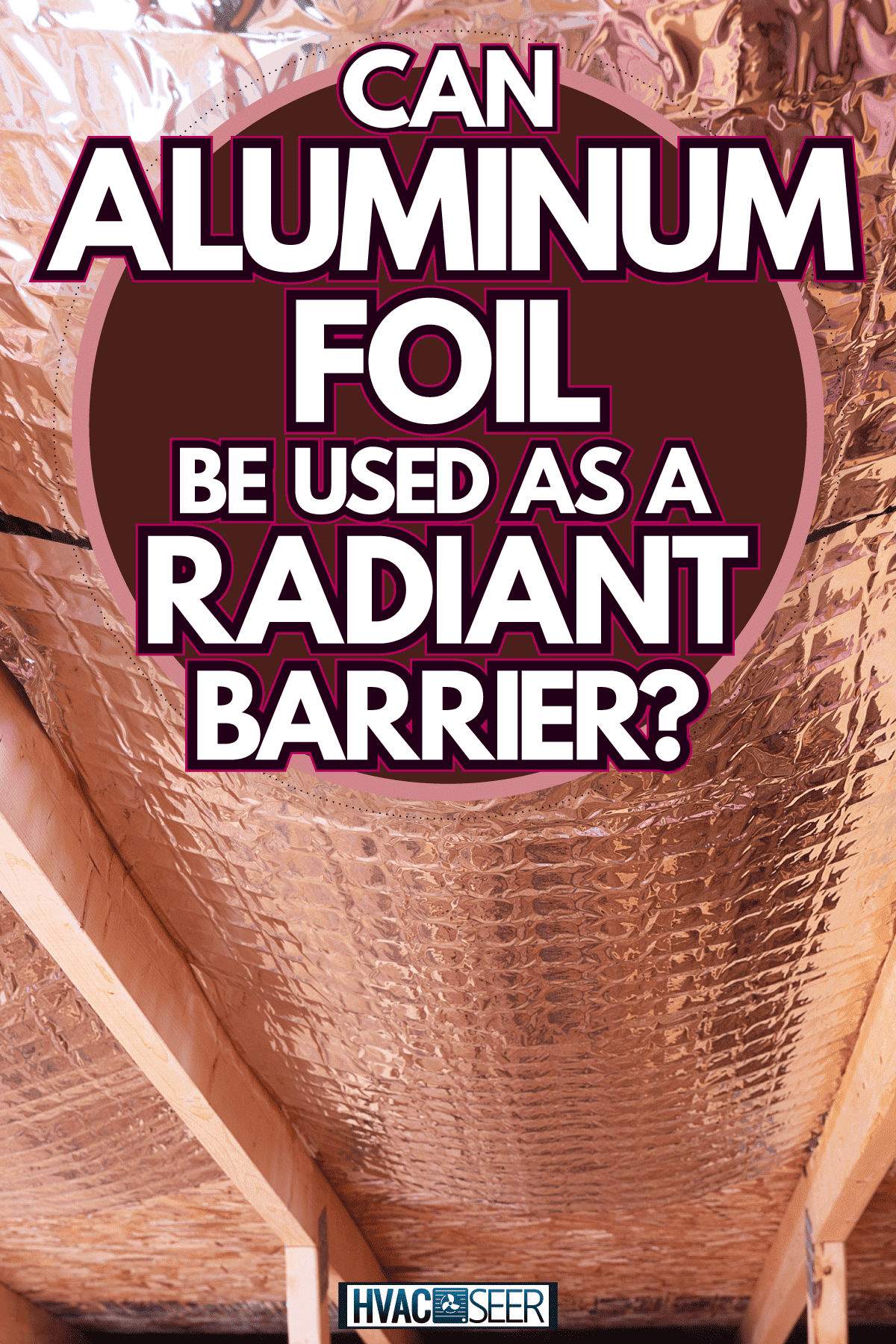
How Aluminum can be an effective Radiant Barrier
High Reflectivity
One definitive property of a radiant barrier is its highly reflective material that lowers heat transfer. The shiny portion of aluminum is highly effective in transferring heat back upward so that it does not spread to the rest of the house.
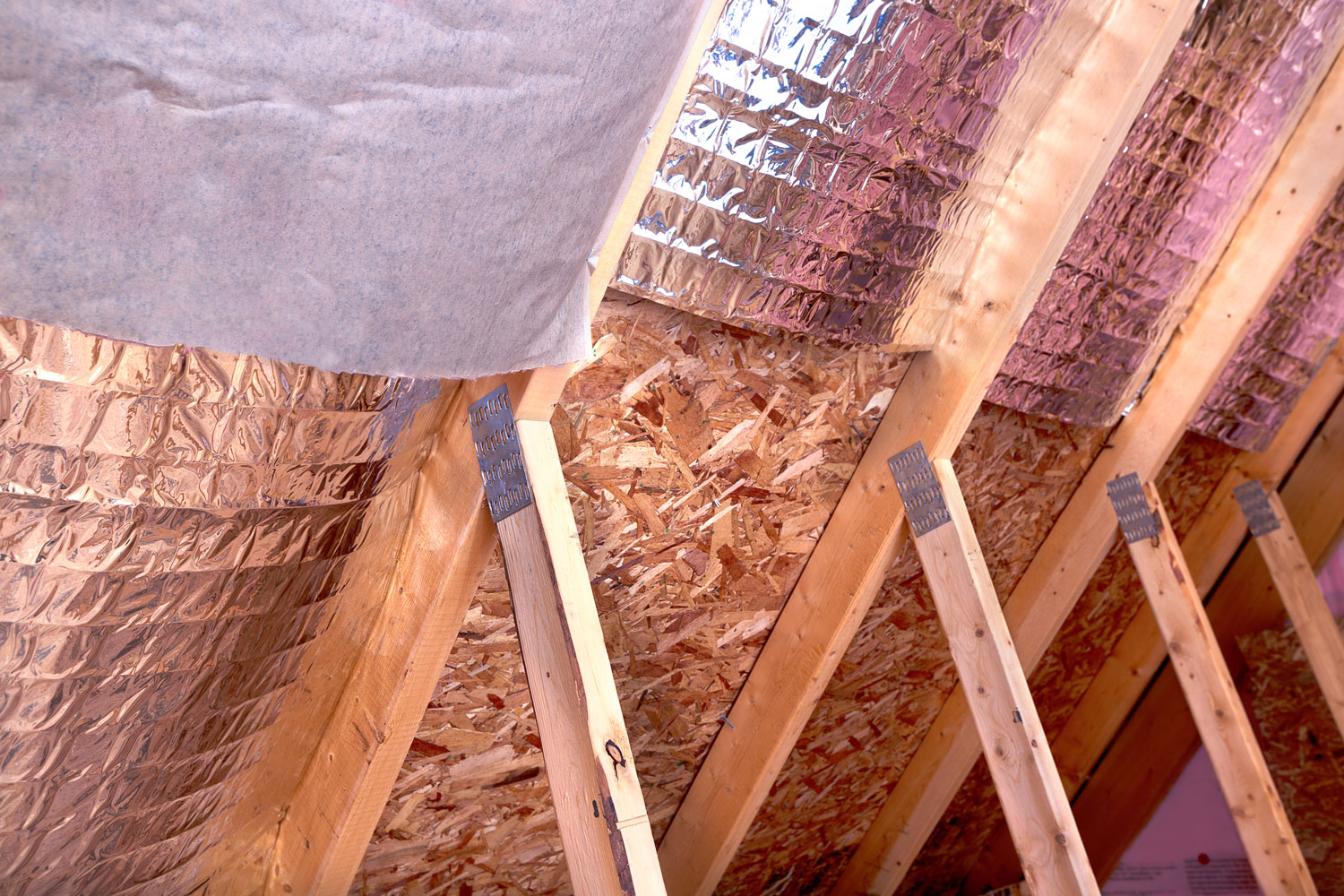
Heat spreading throughout the house makes the air conditioner work harder, resulting in higher utility bills. The reflective property can prevent temperatures as high as 150 degrees from affecting your home.
Low Emissivity
Aluminum only has a thermal emissivity of .03, which means that it absorbs and expels 95% of radiant thermal energy. The opaque material on the underside of aluminum makes the heat dissipate, with only small amounts left to be distributed around the home.
The low-emissivity property of aluminum reduces the transfer of heat, making it ideal for homes residing in tropical or hot areas.
Where to attach Aluminum Radiant Barriers
Attics
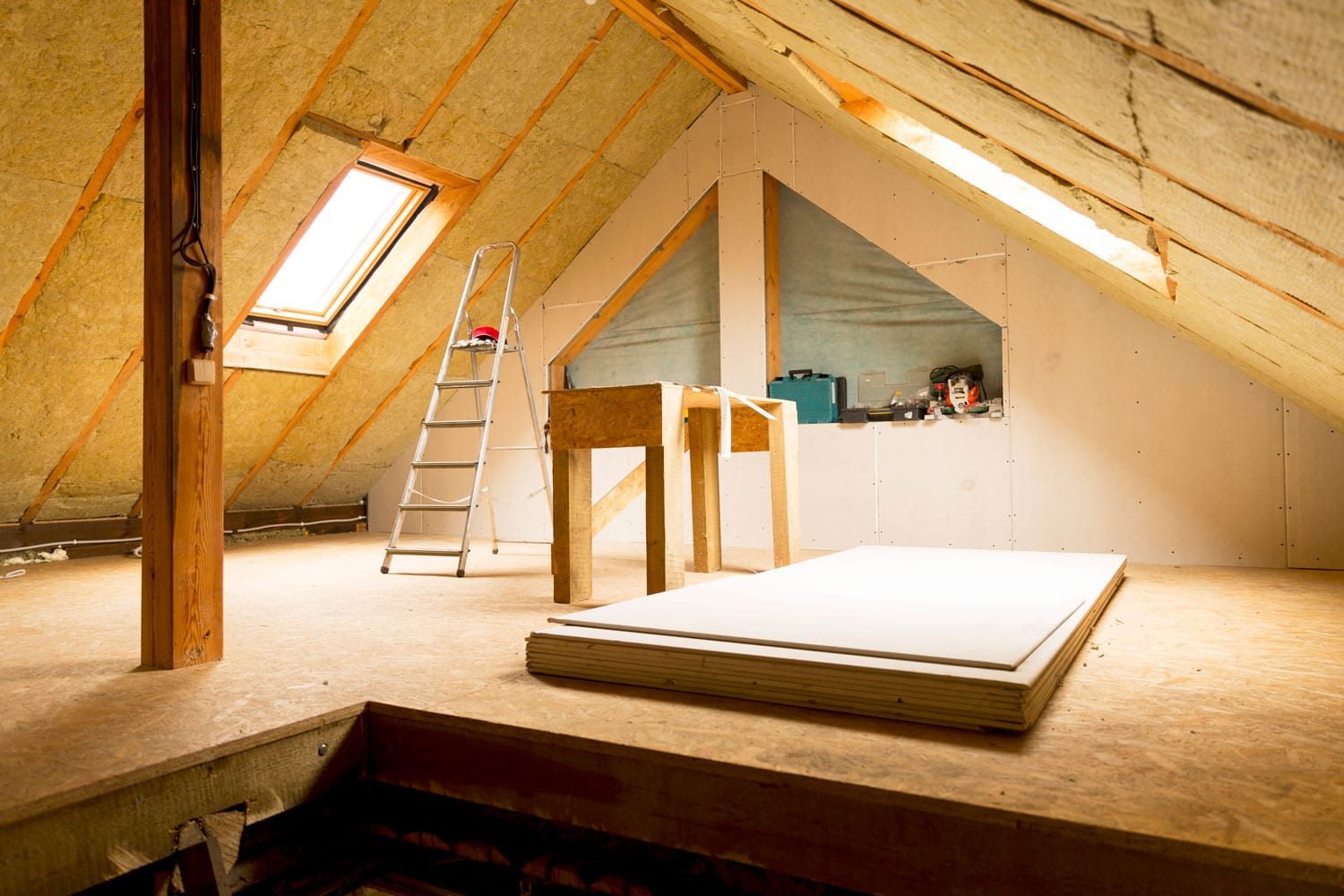
One of the effective ways to ward off radiant heat is to install it under the attic rafters, with a staple gun. This foil insulation can reflect up to 97% of radiant heat, as well as reduce the temperature by up to 30 degrees, resulting in lower cooling costs.
You can also opt to lay the aluminum foil over the attic floor, which can also reflect 97% of the heat, although it will not be lowering the temperature.
Siding
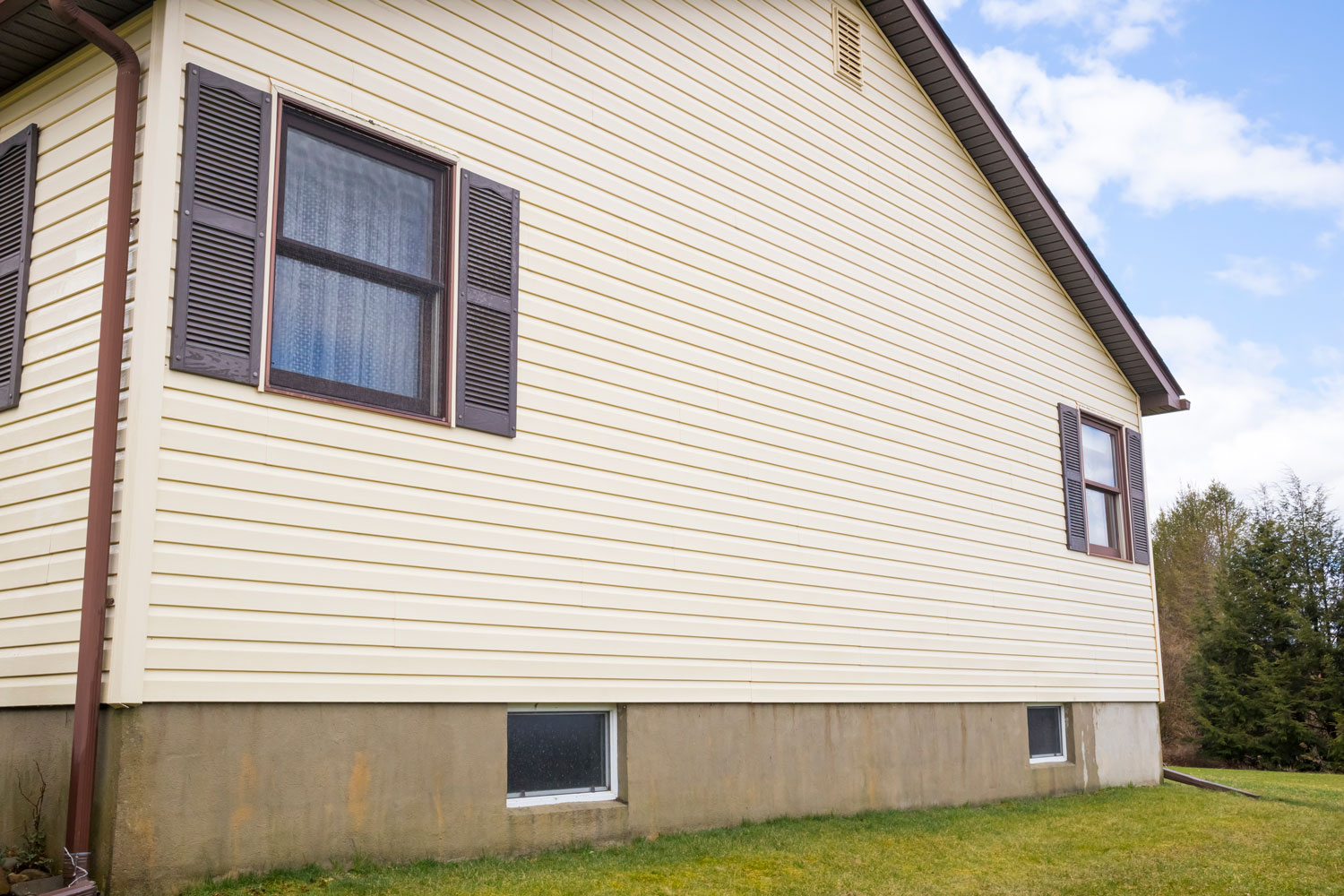
Keep in mind that if you attach the foil to the siding, it is best to use a perforated version to allow the free passage of moisture. You must also have an air space on one side, then installed like your usual house wrap.
Your siding is one of the major hot spots where thermal energy can seep in, so attaching a radiant barrier will make your indoor climate more comfortable.
Roofs
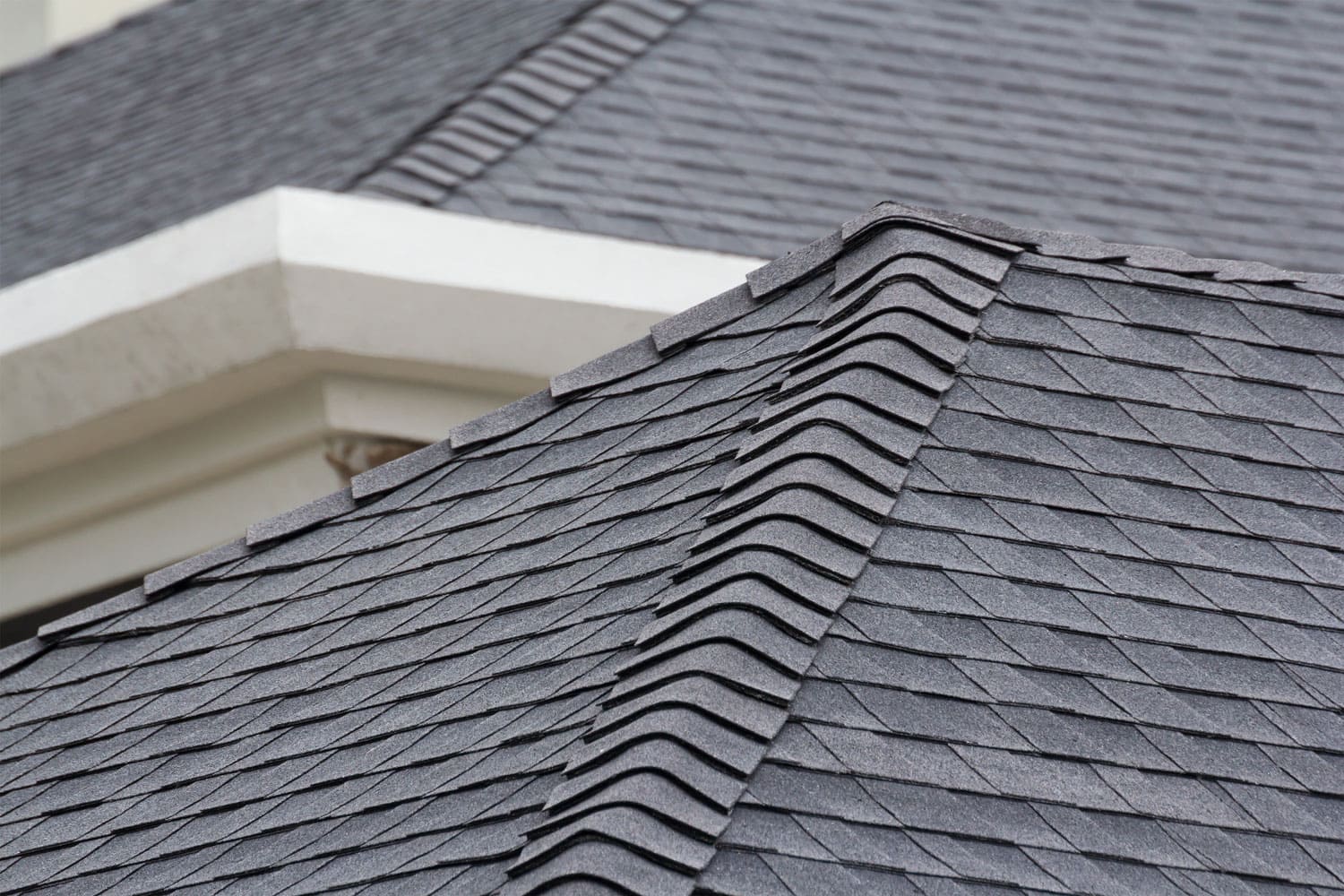
A radiant barrier on the roof that is installed in conjunction with siding material can be highly effective in blocking radiant heat. However, as with the siding barriers, you must free up an air space on one side of the foil.
Radiant barriers take advantage of your roofing pattern in order to be attached tightly, so metal, tile, and slate patterns are some of the roofing systems in which a radiant barrier can be smoothly integrated.
Walls
Walls can be a secondary channel for heat transfers. So, it is best to retrofit a radiant barrier such as aluminum inside the wall system in order to prevent heat from penetrating your living spaces.
Floors

We know that hot air rises, and cold air sinks. In-floor radiant heating systems can benefit from a radiant barrier as the opaque material on the underside of the foil can hold heat during colder months. During the summer months, the heat will not be able to escape to the basement.
Basements
Installing a radiant barrier in the basement has a two-fold advantage, as it can act as a vapor blocker that resists fungus and bacteria on top of reflecting 96% of radiant heat.
If you leave your basement 5-15 degrees cooler than the rest of the house, you can lose as much as 35% energy. Making your home as energy efficient as possible means distributing as much insulation as possible.
Metal walls and roofs
Metal is a heat conductor, which means that it absorbs heat rather than reflects it. A radiant barrier is necessary in this case as it will make the radiant heat bounce back up, lowering the temperature in your area and reducing stress from your cooling system. As usual, this will result in lower costs, and it will make your home energy-efficient.
Concrete floors and slabs
It is best to use perforated aluminum when installing a radiant barrier across your concrete floors and slabs. This will prevent moisture buildup—a common problem with concrete floors around the house. Radiant barriers will provide excellent heat and cold migration along with the concrete, which can keep your home cool in the summer months.
Windows
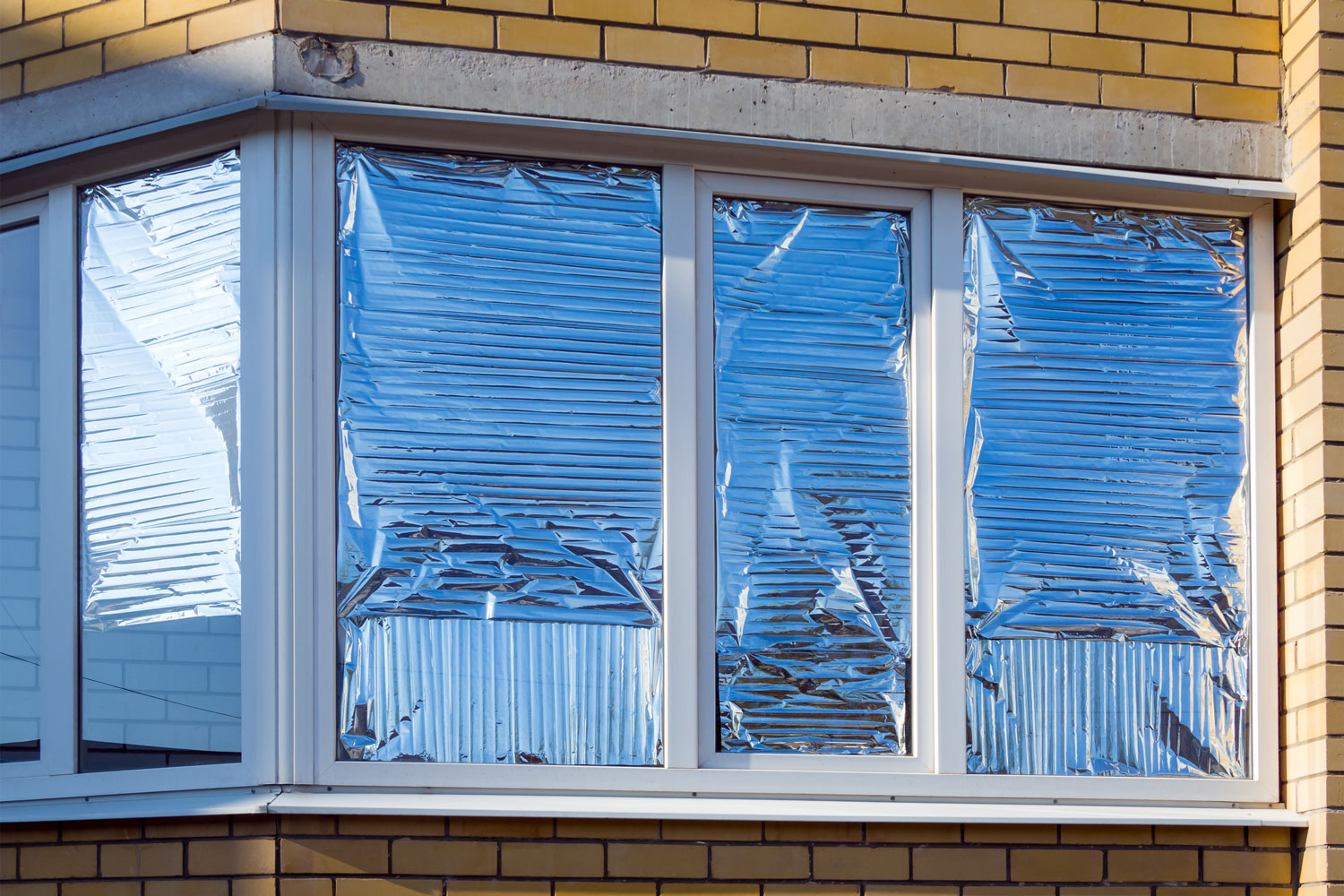
Some households use kitchen-grade aluminum foil to cover their windows during warmer months. If you live in a small space with small windows, it will take no more than a high-quality roll of household aluminum foil to create a radiant barrier to aid your cooling system.
However, keep in mind that kitchen-grade foils can tear easily and might even trap moisture, creating a hub for bacteria growth.
How to Install a Radiant Barrier In The Attic
- Install the aluminum foil radiant barrier three inches from the peak.
- Put another strip of foil across the bottom, perpendicular to the rafters.
- From one end to another, staple each section of the barrier to the rafter.
- Work your way down, and create a two-inch overlap from each row.
- Repeat the process until you reach the wall plate.
- Cover the Gable walls.
How to Install a Radiant Barrier on the wall
- Make sure there is a consistent 3/4-inch of air space between the bubble insulation and the internal wall system.
- Place the edge of the radiant barrier at the top corner of the stud cavity, stapling into the fiberglass.
- Continue downward, stapling to the side of the stud every three inches.
- Repeat the process on the other side.
How to Install a Radiant Barrier on Concrete Slabs
- Place the aluminum foil over the gravel with the aluminum side facing the ground.
- Tape the corners and seams with white poly tape.
- Install the radiant barrier on top of bubble insulation, then pour the concrete.
How to Install a radiant barrier on the Roof
- Ensure a 3/4-inch of air space on either side of the barrier in the roofing system.
- Install the aluminum foil barrier on top of the counter batten. This is applicable for non-watertight materials.
- If the roofing is watertight, place a felt under the batten with the barrier on top.
General Tips and Tricks when Installing a Radiant Barrier
- Always work from the outside in, especially on the attic floor.
- Instead of cutting smaller pieces and fitting them together like puzzles, cut larger pieces and simply lay them out in the sections of your area.
Do You Need a Radiant Barrier?
Homes located in warm and humid areas will primarily benefit from a radiant barrier as it is an energy-efficient solution that keeps the indoor climate ideal.
However, homes in cold and mixed areas can also take advantage of a radiant barrier by laying it over the insulation. In doing this, they get both insulation and heat reduction when they need it.
Problems to avoid with a Radiant Barrier
Dust Problems
Dust can hinder the aluminum foil from fully reflecting radiant heat back up. Inversely, a barrier coated in dust and dirt will absorb heat rather than deflect it, nullifying the purpose of the barrier. This is primarily because the heat radiation penetrates into any materials that it can stick to.
Moisture Problems
Colder weather means accumulation of moisture. Moisture can affect heat efficiency, especially on aluminum foil. This is why you should always get perforated material in order to accommodate such weather changes.
Not enough air gap
Sometimes, the problem lies in the construction itself. If there is not enough air gap, the radiant heat will not be reflected at all, and there will be no purpose for a radiant barrier. Make sure to pay attention to the construction, or hire experts and professionals instead to safeguard the efficiency.
Final Thoughts

Aluminum Foil is a great way you can save on energy, but as with anything, it should be installed and maintained correctly. Energy efficiency does not have to be expensive, so take advantage of these small things that will have a great impact on your daily life.
If you enjoyed this article, check out "How To Insulate A Tent For Winter And Summer Conditions" and "How To Insulate Roof Rafters In The Attic."
